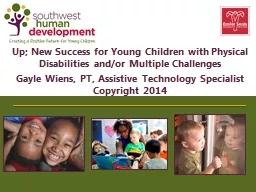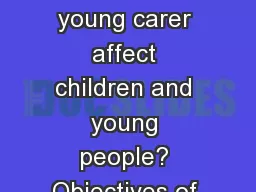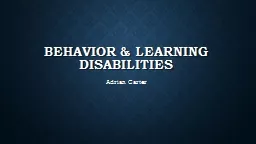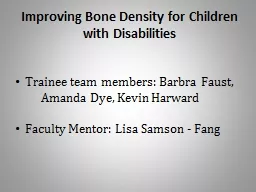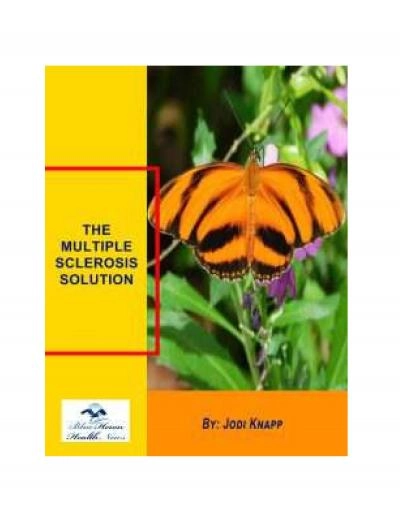PPT-Up; New Success for Young Children with Physical Disabilities and/or Multiple Challenges
Author : numeroenergy | Published Date : 2020-06-17
Gayle Wiens PT Assistive Technology Specialist Copyright 2014 Questions or Comments ADAPT Shop A Program of Southwest Human Development Who can access ADAPT Shop
Presentation Embed Code
Download Presentation
Download Presentation The PPT/PDF document "Up; New Success for Young Children with ..." is the property of its rightful owner. Permission is granted to download and print the materials on this website for personal, non-commercial use only, and to display it on your personal computer provided you do not modify the materials and that you retain all copyright notices contained in the materials. By downloading content from our website, you accept the terms of this agreement.
Up; New Success for Young Children with Physical Disabilities and/or Multiple Challenges: Transcript
Download Rules Of Document
"Up; New Success for Young Children with Physical Disabilities and/or Multiple Challenges"The content belongs to its owner. You may download and print it for personal use, without modification, and keep all copyright notices. By downloading, you agree to these terms.
Related Documents


